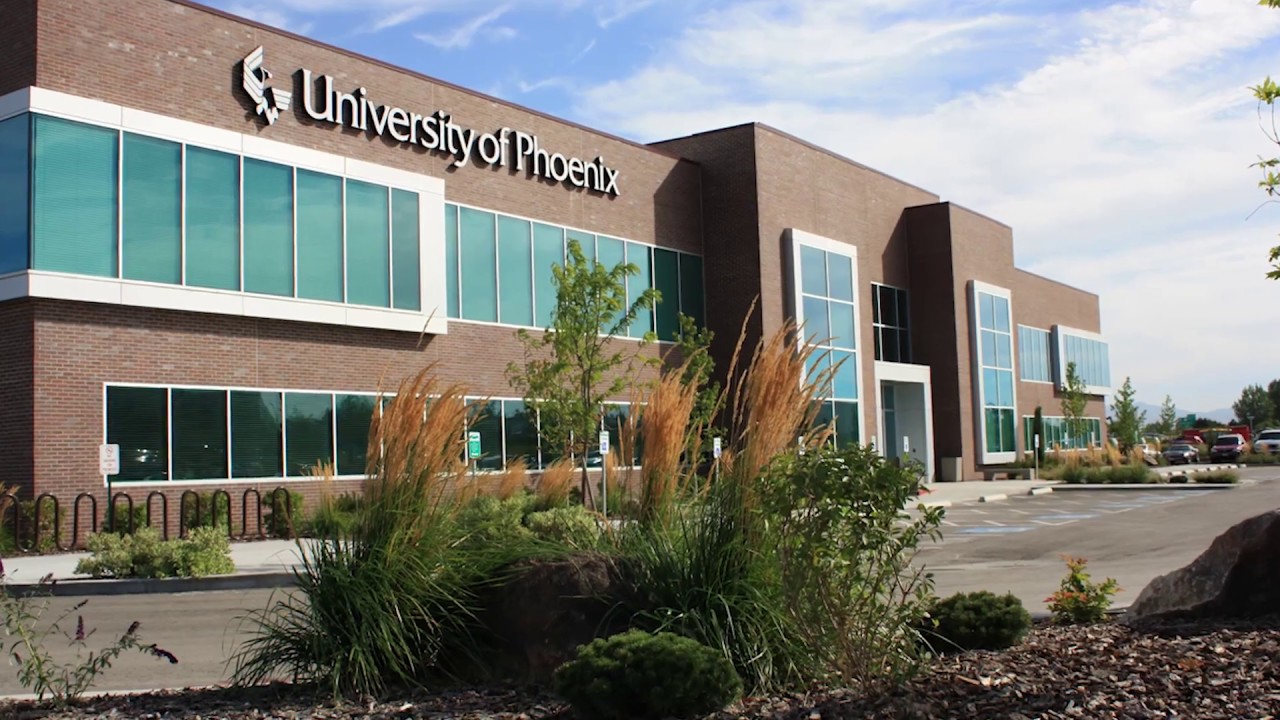University of Phoenix, recognized for its flexible learning programs and adult-learning model, acknowledged in a recent article just how important upskilling is today. The article noted that a PWC survey found 4 out of 5 CEOs are worried about skill shortages across all types and that this threatens business growth. Education and improving skills is nothing new. It is an ongoing need.
Yet, COVID-19 made things a bit more challenging. Keeping up with technology advancements has become even more challenging for businesses. COVID-19 made accessing some programs difficult especially as more employees worked from home. At the same time, the pandemic pushed technology rollouts and implementation faster so that companies could grow and manage the new world with its COVID-19 implications.
Companies found themselves with an urgent need to educate employees but without the tools to do so. There’s no doubt that certificates and college credits can help with meeting educational goals. Programs like SHRM, PMI, and HIMSS as well as microcerts and badging add value. They can help prove an employee has the credit or skill needed to perform advanced tasks.
However, the problem lies in the way that many organizations develop skill validation courses and necessary programs. Historic approaches like the learning and development (L&D) method are no longer effective. L&D requires organizations to curate their own curriculum and takes time to develop. Today, time is the one thing most organizations do not have at their disposal.
Enterprises Need a New Lean Model for Upskilling
The pandemic made it clear that organizations need a lean model of upskilling employees. This will ensure they acquire the necessary skills in the fastest method possible.
To achieve this, organizations can rely on educational partnerships to help them create industry-relevant development opportunities using certificates or badges. These immediately available programs are critical to continuing growth.
More so, when employers invest in these educational, partner-formed strategies, they may be able to provide employees with a track to earning a degree. This extra incentive is often something employees desire and are willing to work toward.
Once the organization identifies the skills gaps of concern, they can work with their educational partners to create new avenues forward. The focus should be on developing on-demand solutions with access to content that is packaged in a way the organization can use immediately. From tech skills to leadership and management skills, upskilling employees with this new approach and educational format can empower employers to meet new demands faster.
The pandemic impacted the acceleration technology and the need for employees with the skill sets to support them. It also changed how people work and how they learn. Upskilling in a holistic manner can provide both employees and employers with a real benefit in both time and financial investments. It can also help close the skills gap quickly for everyone affected.
Follow University of Phoenix on Facebook




